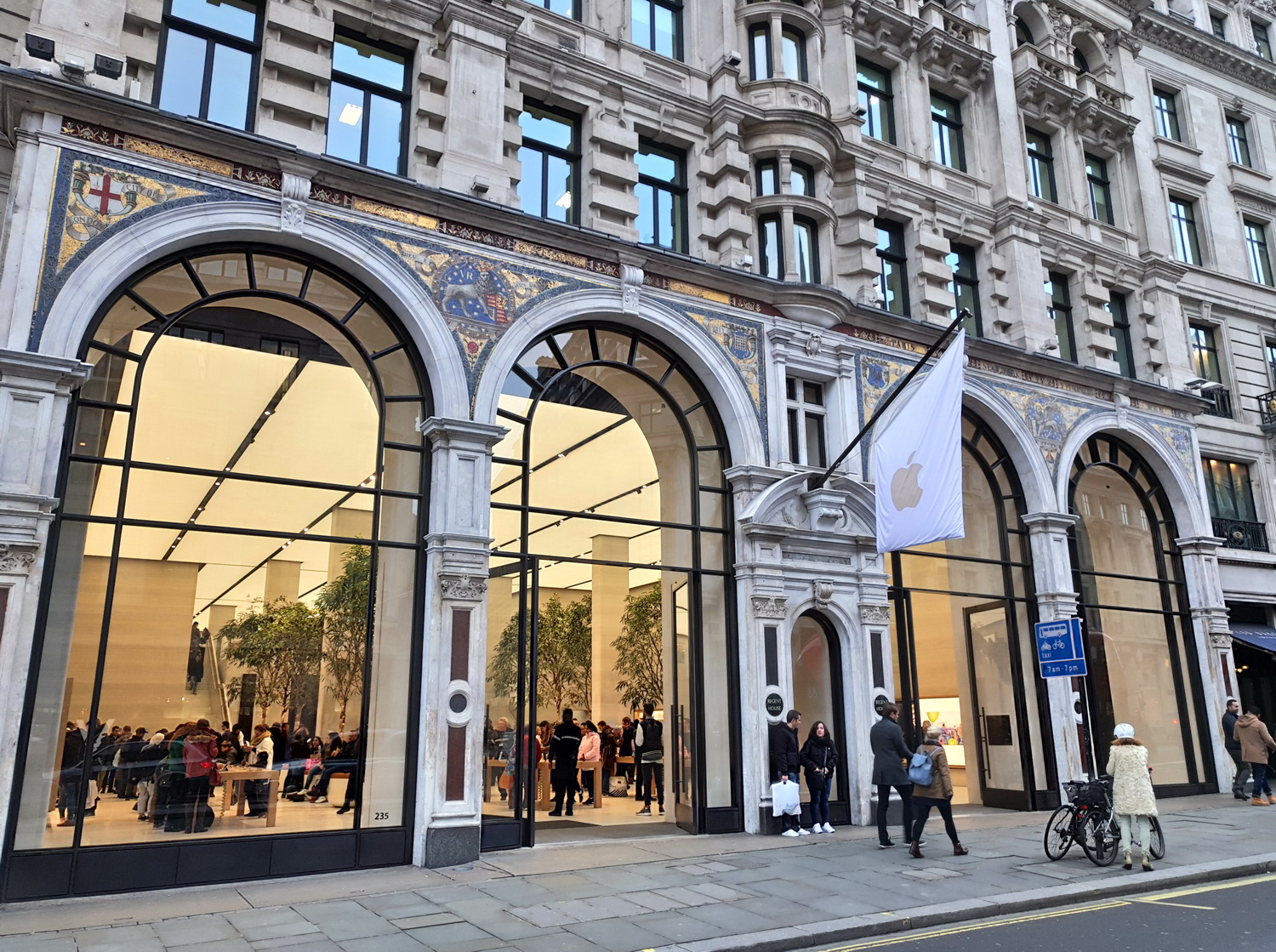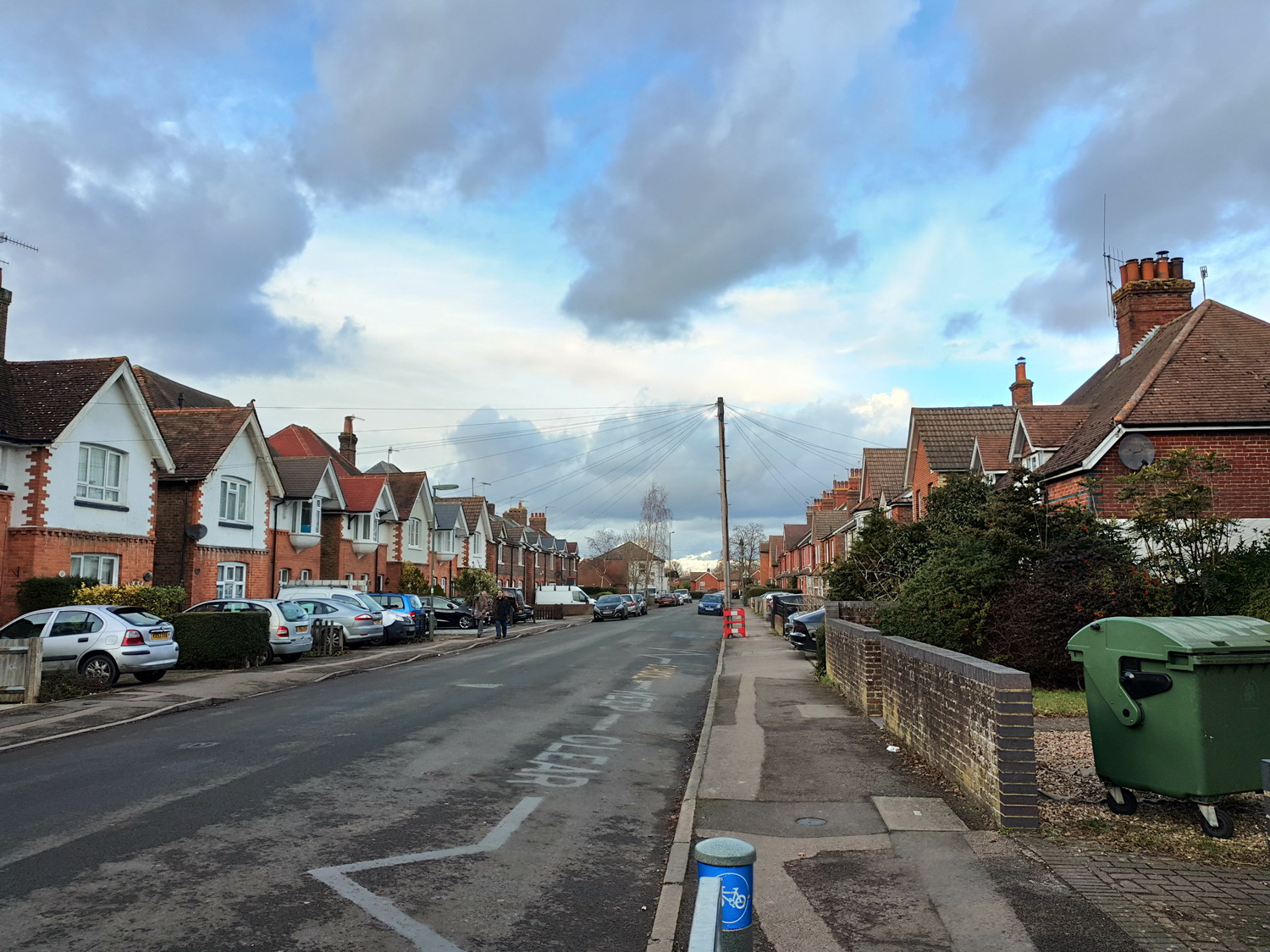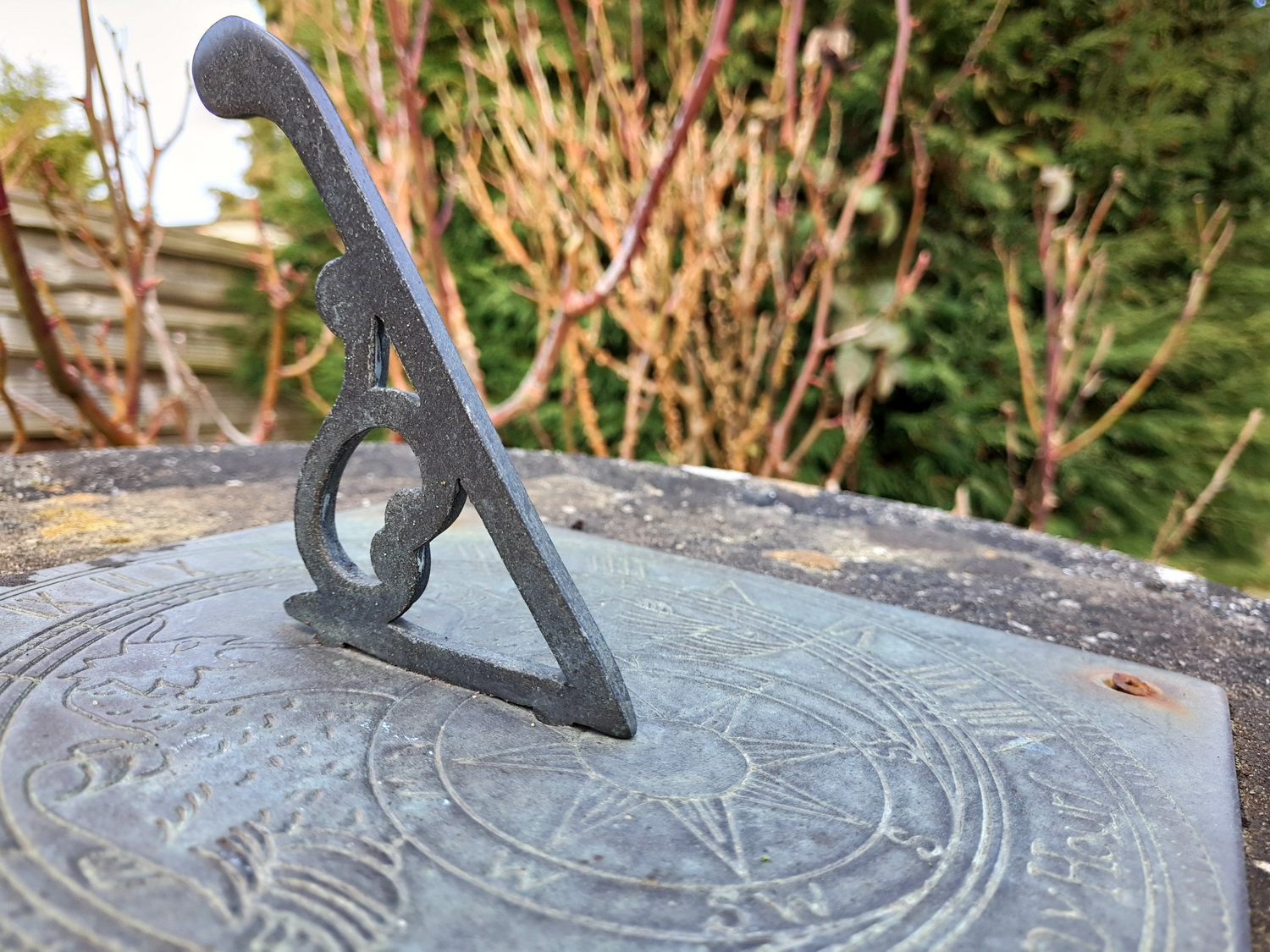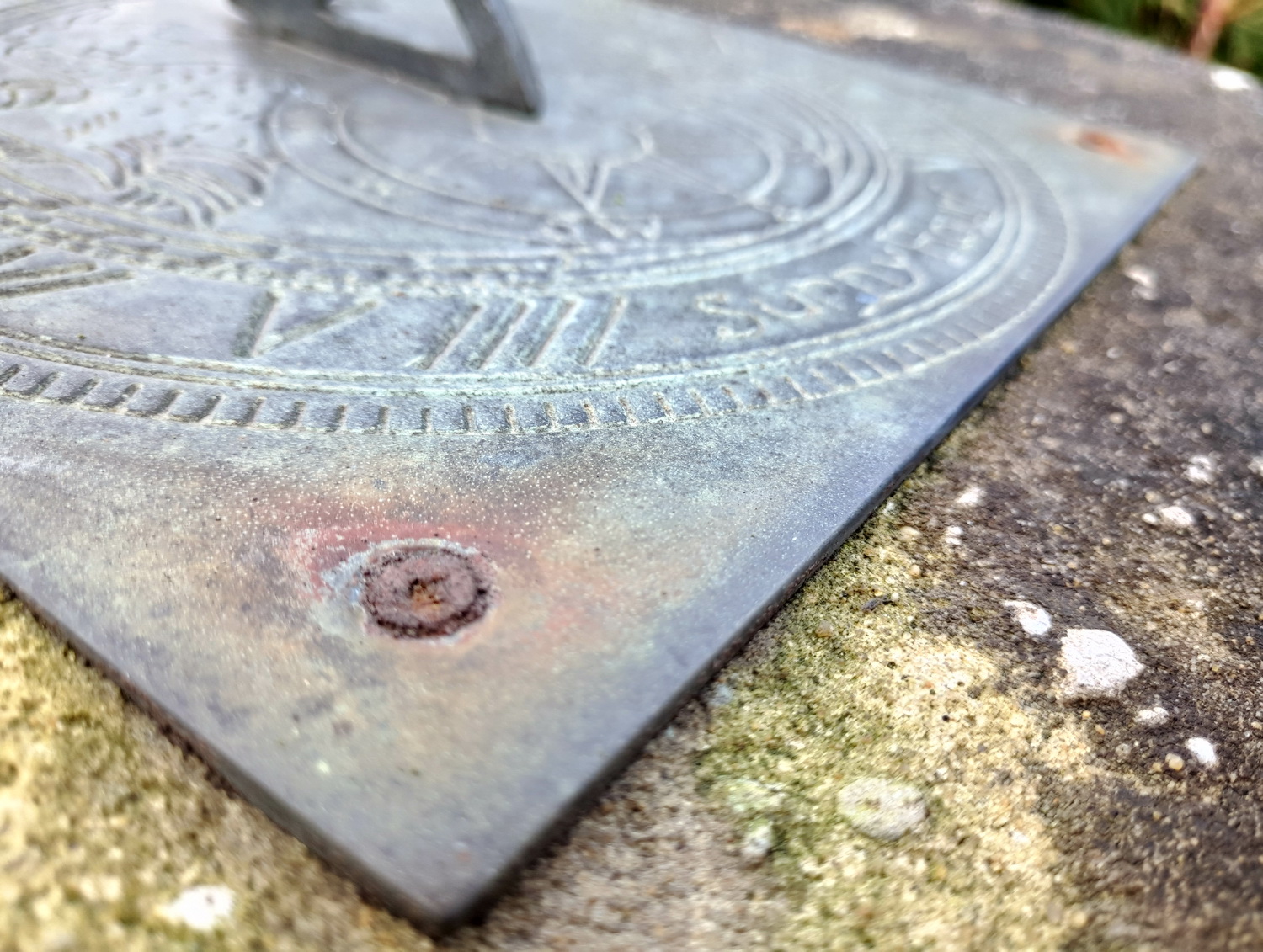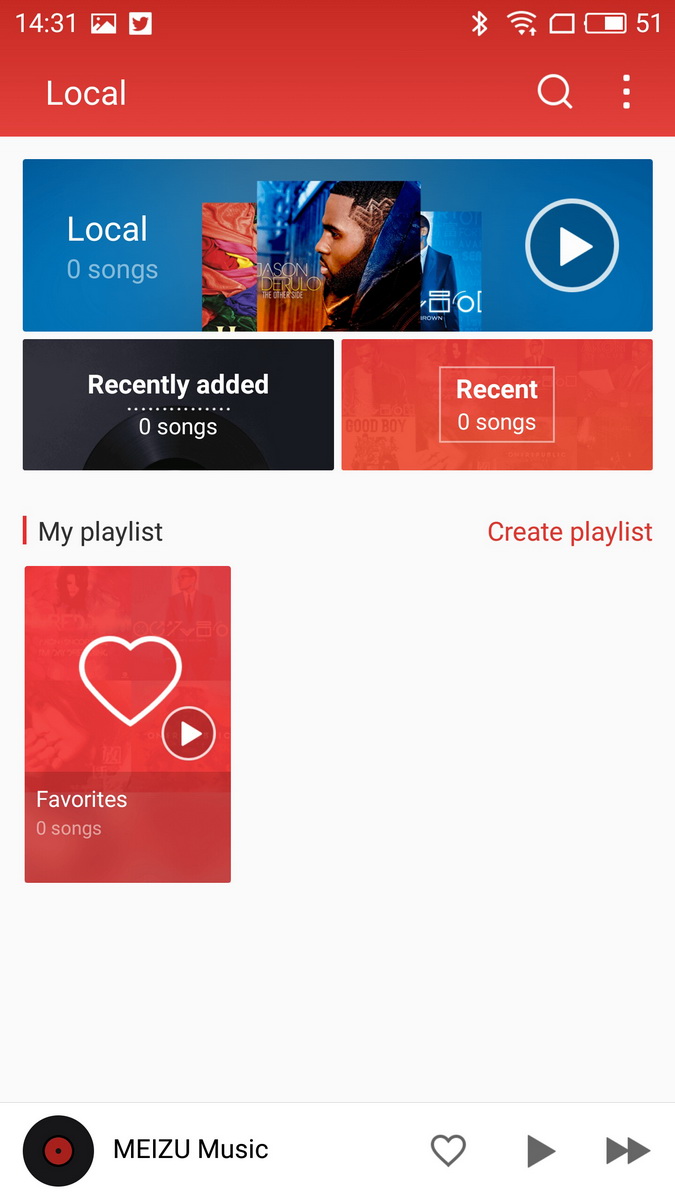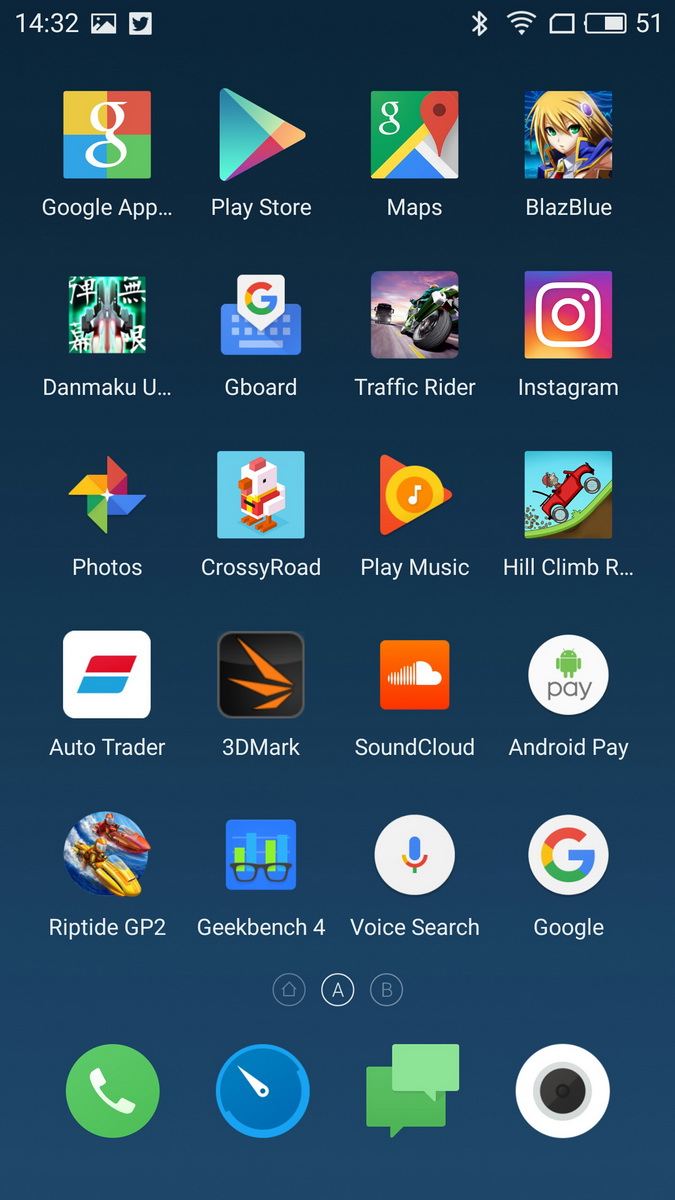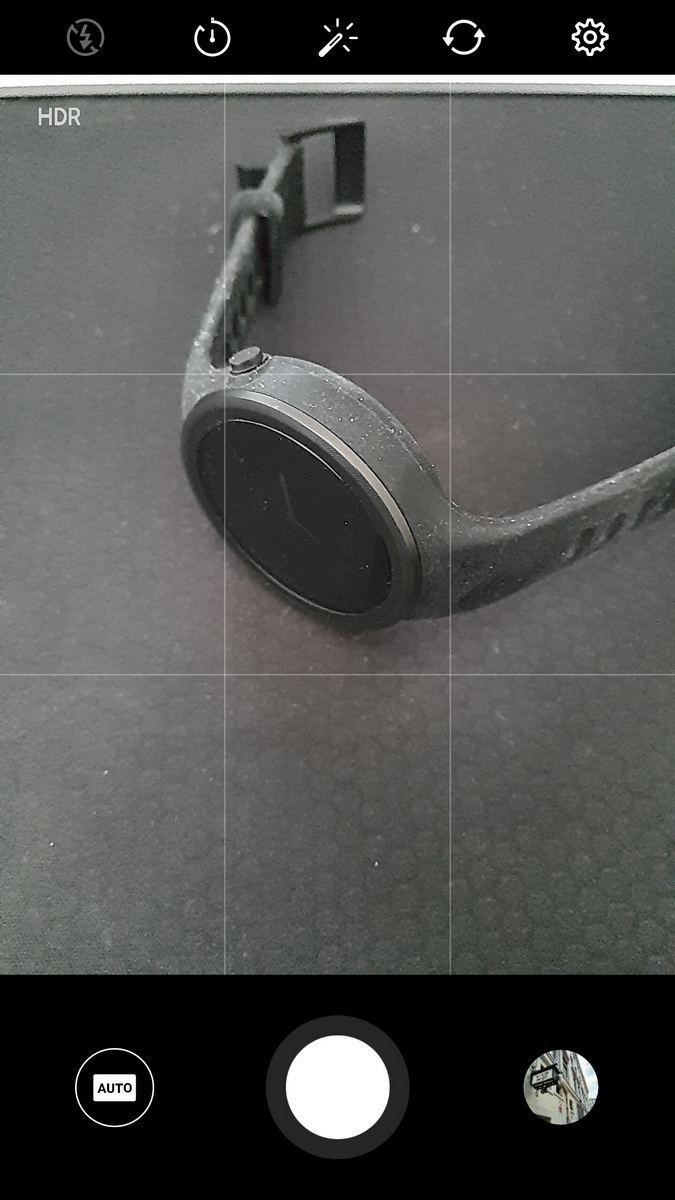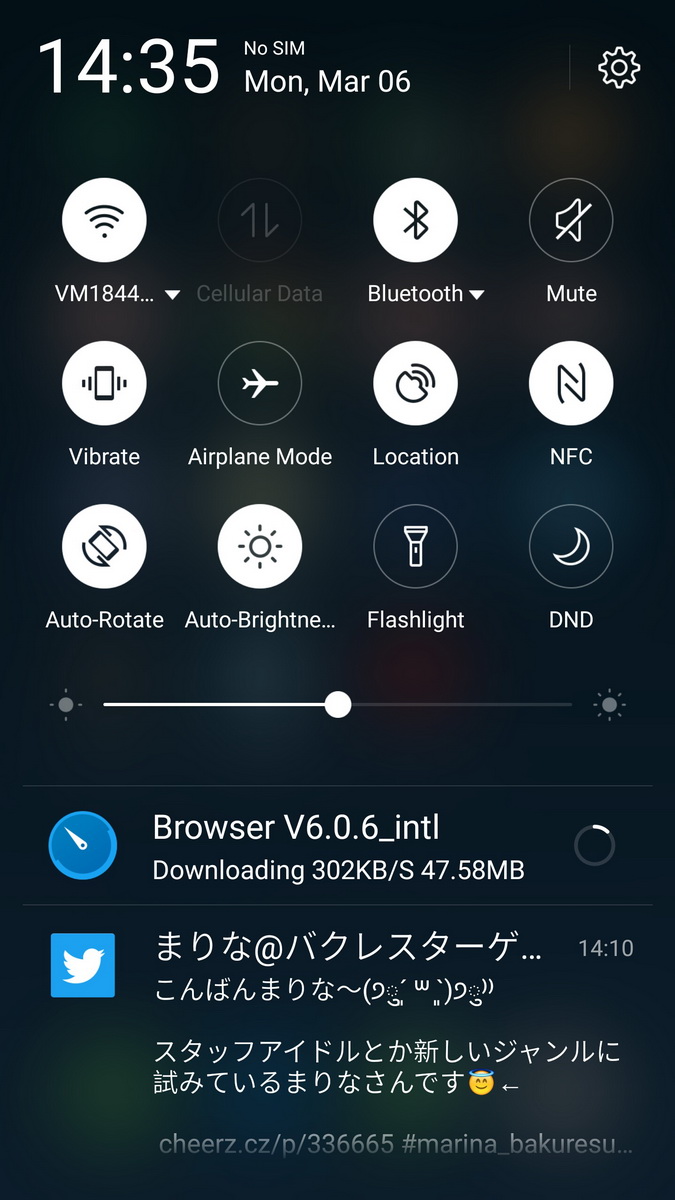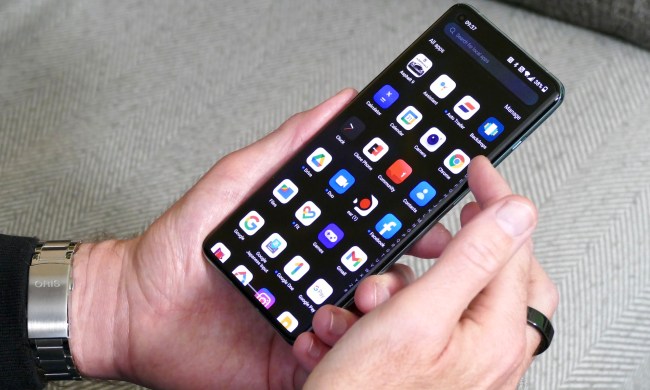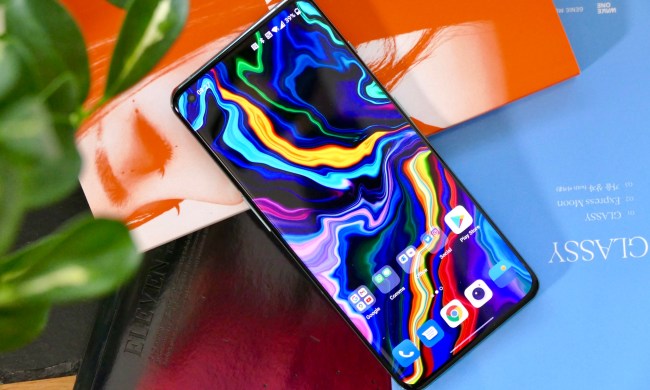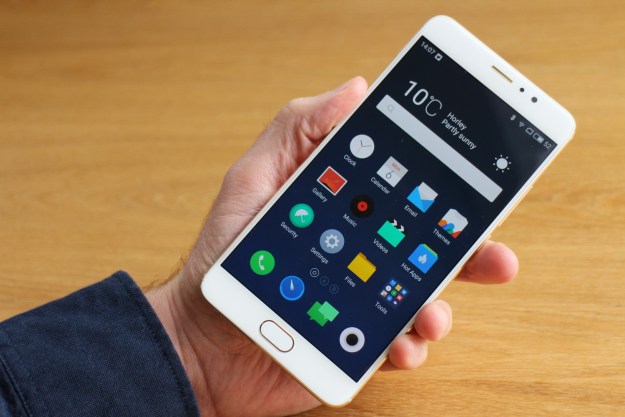
“It’s the best Meizu phone we’ve used, but you can get several better phones for the same price or less.”
- Beautiful screen
- Strong processor
- Long-lasting battery
- Out of date software
- No 4G LTE in the U.S.
- Concerns over durability
- There are several better options
The Pro 6 Plus is Meizu’s range-topping, flagship smartphone. It’s the one that’s supposed to beat them all, and the one to buy if you’re after the best of the best when it comes to Meizu phones. But the real questions remain: Is the Pro 6 Plus all it’s cracked up to be, and can it beat the tough competition?
At this point, it’s rather tempting to just reuse the intro to our Meizu Pro 6 or Meizu MX6 review. Why? Because Meizu seems determined to make it really hard to visually differentiate between all three. However, we’ve been taught not to judge a book by its cover. The Pro 6 Plus may look like other Meizu phones, but does it act like them, too? We’ve been finding out.
It looks just like an iPhone
To the untrained eye, picking out the Pro 6 Plus in a lineup alongside the Pro 6 and the MX6 is quite a challenge. Put the
That means not only does it stick closely to the iPhone’s basic look, with curved antenna bands running across the very top and bottom of the anodized aluminum back, but it also has the same problem as the MX6 — it’s a slippery thing. Its extra weight does make it a little more holdable than the MX6, but the Pro 6 Plus still slipped out of my hand more than once.
Slips never resulted in any damage, but the
It’s not all bad news, though. Meizu worked some real magic to make the Pro 6 Plus an astonishingly compact device, despite the large screen size. Its footprint is actually smaller than the
We’ve never had any complaints about how Meizu phones look, outside of being a little derivative. It’s the same story with the Pro 6 Plus. Yes, it repeatedly gets mistaken for an iPhone, but that’s a bit like getting personally mistaken for your choice of attractive celebrity. No one’s going to be upset about it.
Sharp screen and very outdated software
Want the first reason to choose the Pro 6 Plus over any other Meizu phone? It’s the screen. The resolution is 2,560 x 1,440 pixels, and they’re all shown on a Super AMOLED panel. This means dark blacks and high-contrast colors, and it looks brilliant. The Pro 6 Plus has
Meizu worked some real magic to make the Pro 6 Plus an astonishingly compact device.
Meizu has also added a pressure sensitive layer — which it calls 3D Press — to Flyme and the Pro 6 Plus, giving standard apps little pop-out menus, just like iOS on the iPhone. Hard press the camera icon and you get a choice of shortcuts to video or selfie mode, while the Meizu browser icon gives several choices, including opening a new tab or a bookmark. Most of Meizu’s apps have some kind of shortcut, but third-party apps don’t support the feature.
This does cut down on its usefulness. We love how 3D Touch on iOS integrates with other apps, such as a one-touch shortcut to the activity page on Instagram. Meizu’s shortcuts sometimes won’t save you much more time either. The Music app shortcut, for example, only takes a two-tap action down to one-tap.
Flyme is also very different to standard
It’s change for change’s sake because it’s not fixing a problem — just doing it differently from everyone else. There’s no clear benefit, so we question whether it’s really needed. At least give us the choice to use the usual
Our review phone didn’t come with Google Play installed, but it and the Google Play Services suite of apps are all found in Meizu’s Hot Apps app store. Installation was quick and easy, and went without a hitch. Still, it’s annoying not to have Google Play onboard.
Flyme is inoffensive, often pleasing to look at, and presented no compatibility or performance problems. However, we’d rather all phones came with not only plain, stock
A decent camera, but no stunner
Sony’s IMX386 12-megapixel camera sensor is found on the back of the Pro 6 Plus, which is the same one used on the MX6, but with the crucial addition of optical image stabilization. Both share a f/2.0 aperture, 1.25-micron pixel size, and six-layer lens. Plus, Meizu says the camera software and image processor have been improved on the Pro 6 Plus.
We’re happy to say the changes, and addition of OIS, have made the Pro 6 Plus a much better camera phone than the MX6. The odd focus issues that plagued the MX6 have gone, leaving pleasant photos that reveal plenty of detail, and in the right environment, some pretty colors. There are still some exposure niggles, but on far fewer occasions than the MX6.
Taking photos on a sunny winter day showed off its ability to capture stunning blue skies, and some low-light images taken at night impressed, although they still have a lot of noise.
Tap the mode button in the camera app, and you’ll find settings for a manual mode, panorama shots, slow-motion video, and our personal favorite: A macro mode. Activate this, and you can get in really close to a small subject, take a picture, and the background blurs very effectively, giving you a desirable bokeh-effect shot with an up-close subject captured in detail. It’s fun to use, produces some lovely pictures, and is suitably different from other
Flip the camera to the front, and selfies are captured with a 5-megapixel lens, which appears to be very similar to the MX6. That’s not a bad thing, and selfies come out well on the Pro 6 Plus
After the disappointment of the MX6’s camera, the Pro 6 Plus is a huge improvement, but it can’t match the excellent
Solid performance
You’ll find 4GB of
The Pro 6 Plus’ camera is a huge improvement, but it can’t match the competition.
We ran some benchmark tests on the Pro 6 Plus, but we don’t want to pay the results too much attention, due to some concerns the phone is tweaked to perform better under these tests than at other times. For the curious, AnTuTu gave it 113,513, while 3DMark returned 1,976 on the Slingshot Extreme test. Compared to Meizu’s other phones, this is a strong (if predictable) result, and singles it out as the highest performing model in the range. Still, it doesn’t match Snapdragon 820-powered phones like the OnePlus 3 or the ZTE Axon 7.
At no point did we want more power from the Pro 6 Plus, and it was happy playing games like Crossy Road, and Hill Climb Racing. Reckless Racing 3, with the advanced graphics mode activated and running at 60 frames-per-second, proved more challenging due to stuttering evident during gameplay. It didn’t ruin the experience, though. Turning the graphics up to maximum on Riptide GP 2 didn’t produce similar slowdown, though, and played well.
Putting the Pro 6 Plus through its paces like this did increase the temperature of the phone, not to the point where it was uncomfortable to hold, but certainly enough to give me sweaty palms while I played games. This is a recognized complaint with the processor, with reports of the chip getting hot inside Samsung phones.
Battery, audio, and fingerprint sensor
The 3,400mAh battery is welcome in such a slim phone, and gave us nearly two days of use when testing the phone, but push it hard, and that time will drop. Charging using the supplied adaptor and USB Type-C cable saw it reach maximum capacity in about 90 minutes.
The Pro 6 Plus’ camera is a huge improvement, but it can’t match the competition.
Meizu has given the Pro 6 Plus enough audio prowess to make you want to run the battery down, too. The ESS Sabre ES9018K2M DAC, commonly found in many Meizu’s and other manufacturers’ smartphones, provides a very balanced pleasant musical experience. Meizu’s own Hi-Fi equalizer works not only in its pre-installed music app, but also system-wide — meaning it can be used when streaming music through Google Play Music, for example. The 64GB of internal storage should help if you want to store music on your phone, but it’s a shame there’s no MicroSD card slot to really take advantage of the Pro 6 Plus’s audio ability.
If you’re browsing Meizu’s website and see the fingerprint sensor advertised as featuring a heart rate monitor, don’t get too excited. It may very well do so in a future software update, but there was no option to activate the feature on our review phone. Otherwise, the fingerprint sensor is fast and really accurate, plus it can store multiple prints to secure files, lock apps, or enable a guest mode.
Warranty, price, and availability
The Pro 6 Plus, according to Meizu, will go on sale in various regions around the world from late February into March, with prices still to be finalized. In China, the phone is set to cost the equivalent of $435. This isn’t fixed for international buyers, and rarely is a phone’s price ever a direct conversion, so expect some fluctuation either way.
Whatever happens with the price, you’ll have to pick up the Pro 6 Plus through an importer like GearBest, a popular online retailer specializing in Chinese electronics. You get a comprehensive one-year repair warranty, a three-day arrival guarantee, and a 45-day money back offer if the phone suddenly stops working. Outside the U.S., Meizu has a list of approved retailers selling the Pro 6 Plus and other phones.
Like many other Meizu phones, you should be aware it won’t support 4G LTE bands in the U.S., so you’ll have to make do with 3G. That’s a poor experience, and we don’t recommend it. We tested the Pro 6 Plus in the U.K., on the O2 network, and it regularly connected to HSDPA+ and 3G signals. If you’re considering importing this phone, be ready for very slow speeds.
Our Take
Power, beauty, and brains: The Pro 6 Plus is the best Meizu phone we’ve tested, but it still doesn’t hold up against the competition. The lack of 4G LTE connectivity is a deal breaker when you can get a similarly specced phone for the same or less in the States.
Is there a better alternative?
Yes. The Meizu Pro 6 Plus is what we commonly refer to as a phablet, although its overall size isn’t so gigantic it can’t be held in one hand. It’s in the same company as the LG V20, the Huawei Mate 9, and other import phones like the Xiaomi Mi5S Plus. The high-res screen is great, but the lack of expandable storage, and slightly disappointing camera can’t match other phones, regardless of screen size.
The Google Pixel XL is really your best option for a big-screen phone that gets immediate software updates and security patches. We’re also fans of both the LG V20 and the Huawei Mate 9, and recommend them both to anyone wanting a big-screen phone with strong specifications, and very impressive cameras. However, those alternatives are considerably more expensive than the Pro 6 Plus. For a more similarly priced option, take a look at the OnePlus 3T, and the ZTE Axon 7. You could save even more and look at the Honor 6X, too.
How long will it last?
Meizu is behind with its software. The Pro 6 Plus has
We’re also a little concerned about the build quality. The phone feels superb, but the scratched anodized finish is highly unusual. We’d recommend a case to keep the phone looking factory fresh. The Pro 6 Plus doesn’t have water resistance, so if you drop it on the wet stuff, it’s unlikely to survive.
Should you buy it?
No. You can get better phones for about the same price, and they’ll be fully functional in the U.S. If you want a Meizu phone and nothing else will do, then the Pro 6 Plus is the one to buy. It’s by far the best phone we’ve tested from the manufacturer, in terms of specification, performance, and usability. Obviously, we can’t recommend you buy a phone that doesn’t connect to 4G LTE networks in the United States. High-speed data allows you to do a lot more with your phone, so we would recommend the similarly priced OnePlus 3T, the ZTE Axon 7, or the Honor 6X instead.







